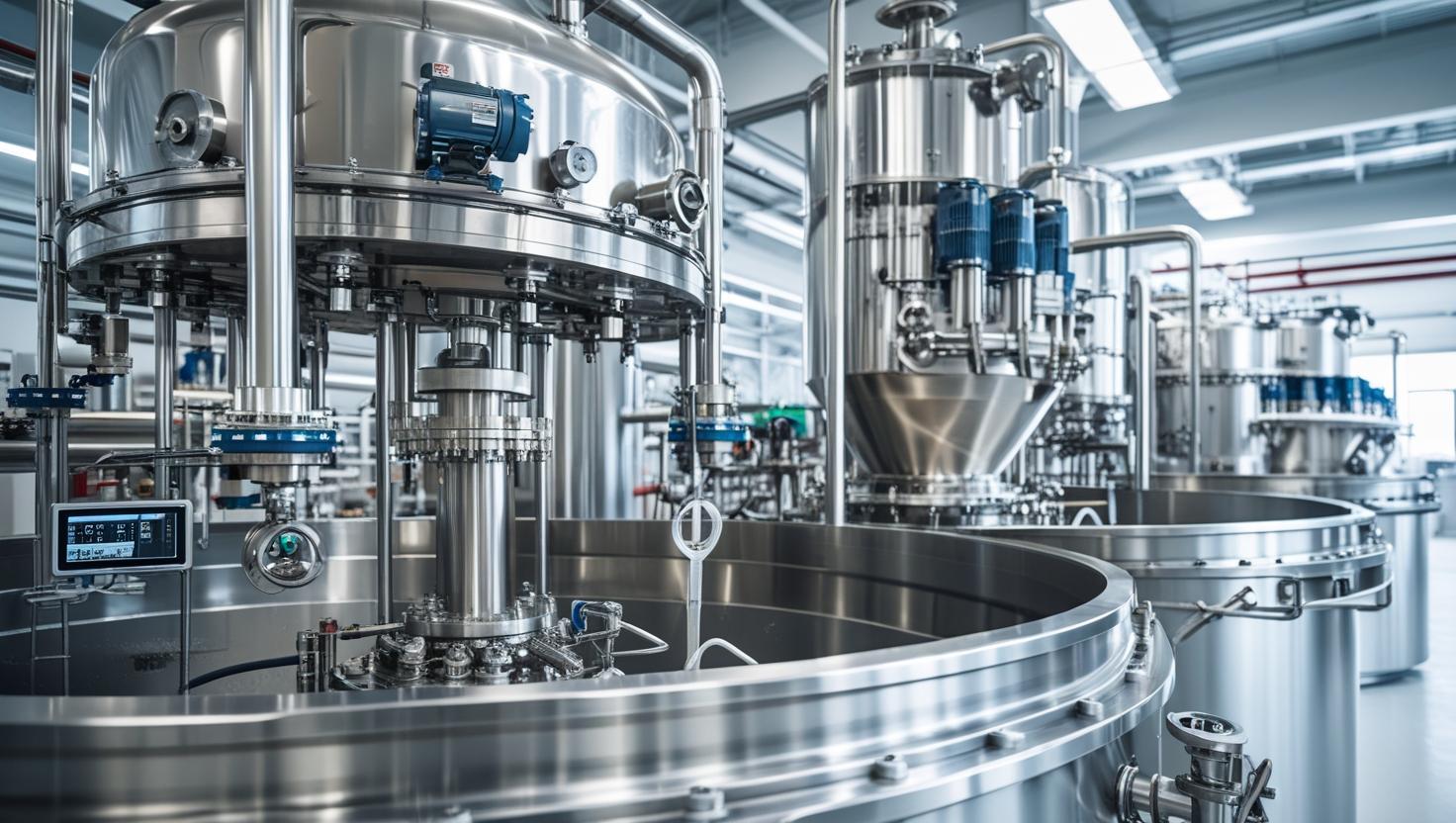The agitation systems market in North America is entering a new phase of accelerated growth, fueled by the expansion of key industries and technological innovation. While the region has long held a strong manufacturing base, a renewed focus on domestic production, process automation, and regulatory compliance is driving demand for high-performance agitation systems. From pharmaceutical facilities in the Northeastern U.S. to chemical processing plants in Texas and Alberta, manufacturers are increasingly investing in advanced mixing technologies to improve efficiency, meet environmental standards, and remain globally competitive.
Industrial Expansion Across Key Sectors
Several industrial sectors are directly influencing the growth trajectory of the agitation systems market in North America. The pharmaceutical and biotechnology industries are at the forefront, especially as demand for precision mixing in biologics, vaccines, and cell therapies continues to rise. Facilities require agitation systems that ensure sterile conditions, precise temperature control, and consistency across production batches. These requirements have led to increased adoption of magnetic agitators and automated systems that comply with stringent GMP and FDA regulations.
In the chemical sector, manufacturers are investing heavily in agitation technologies that offer high-speed, high-torque performance to support the production of specialty and bulk chemicals. The need for robust, corrosion-resistant equipment in this field is pushing innovation toward more durable and maintenance-friendly designs. Simultaneously, food and beverage manufacturers are modernizing their operations with hygienic agitation systems designed for CIP (clean-in-place) processes, minimizing contamination risks while improving throughput.
Water and wastewater treatment is another key growth area. Aging infrastructure in North America, combined with renewed federal and state-level funding, has led to upgrades in municipal and industrial treatment facilities. Agitation systems are essential for processes such as sludge conditioning, aeration, and flocculation, and there is growing demand for energy-efficient solutions in this space.
Download PDF Brochure @ https://www.marketsandmarkets.com/pdfdownloadNew.asp?id=59649096

Technology and Smart Integration
A major shift in the North American agitation systems market is the move toward digital integration and smart control. IoT-enabled agitation systems are becoming standard across new installations, allowing manufacturers to monitor critical parameters in real time. This includes metrics such as shaft torque, fluid viscosity, RPM, and temperature. These data points are processed through SCADA systems or cloud-based platforms, enabling remote access and control, predictive maintenance, and automated adjustment based on process conditions.
Leading manufacturers such as SPX FLOW, EKATO, Philadelphia Mixing Solutions, and Xylem are at the forefront of this digital transformation. They are offering modular systems with adaptive speed control, digital twins, and AI-assisted process optimization. These technologies not only reduce human error and maintenance costs but also deliver greater process repeatability—a key advantage in regulated industries.
Sustainability as a Growth Catalyst
Environmental responsibility has evolved from a regulatory requirement to a strategic differentiator in North America. Industrial plants are under pressure to reduce carbon emissions and energy consumption, and agitation systems are no exception. Energy-efficient motors, variable frequency drives, and optimized impeller designs are now essential features in modern systems.
In addition to energy use, waste reduction and water conservation are becoming design priorities. For example, some next-generation systems are equipped with self-cleaning mechanisms and process automation that minimize product loss during changeovers. These features are increasingly important for companies seeking to meet corporate sustainability goals and comply with environmental regulations enforced by agencies such as the U.S. Environmental Protection Agency (EPA) and Environment and Climate Change Canada.
Competitive Landscape and Future Outlook
The North American agitation systems market is highly competitive, with a mix of global giants and specialized manufacturers operating across a wide spectrum of applications. Consolidation through mergers and acquisitions has been a notable trend in recent years, as companies seek to strengthen their technology portfolios and expand their geographic footprint. At the same time, a wave of innovation is coming from startups and mid-sized firms offering highly customizable and digitally enabled solutions.
The future of the market looks robust. With manufacturing reshoring gaining momentum and new biomanufacturing hubs emerging across the U.S. and Canada, the demand for advanced agitation systems is expected to remain strong. Coupled with government support for clean technology and infrastructure investment, the region is well-positioned to remain a global leader in mixing and agitation solutions.
North America’s leadership in the agitation systems market is a product of both industrial heritage and forward-looking innovation. As manufacturers face increasing pressure to modernize operations, improve energy efficiency, and ensure product quality, the demand for next-generation agitation systems is accelerating. Whether through digital transformation, sustainability initiatives, or sector-specific solutions, the North American market is setting the standard for what industrial mixing will look like in the decade ahead.
Frequently Asked Questions (FAQ)
1. What are agitation systems, and why are they important?
Agitation systems are mechanical devices used to mix liquids, facilitate chemical reactions, or maintain homogeneity in industrial processes. They play a critical role in sectors such as pharmaceuticals, chemicals, food and beverage, water treatment, and biotechnology by ensuring product consistency, enhancing process efficiency, and reducing operational downtime.
2. Why is North America leading the agitation systems market?
North America’s leadership is attributed to its well-established industrial base, advanced manufacturing infrastructure, and increasing investments in automation and digital process control. The region is also seeing a resurgence in domestic manufacturing and a push for sustainable and energy-efficient equipment, both of which are accelerating market growth.
3. Which industries in North America are driving demand for agitation systems?
The primary industries fueling demand include pharmaceuticals and biotechnology, chemical processing, food and beverage, water and wastewater treatment, and oil and gas. These sectors require precise and reliable mixing solutions to meet regulatory standards and production needs.
